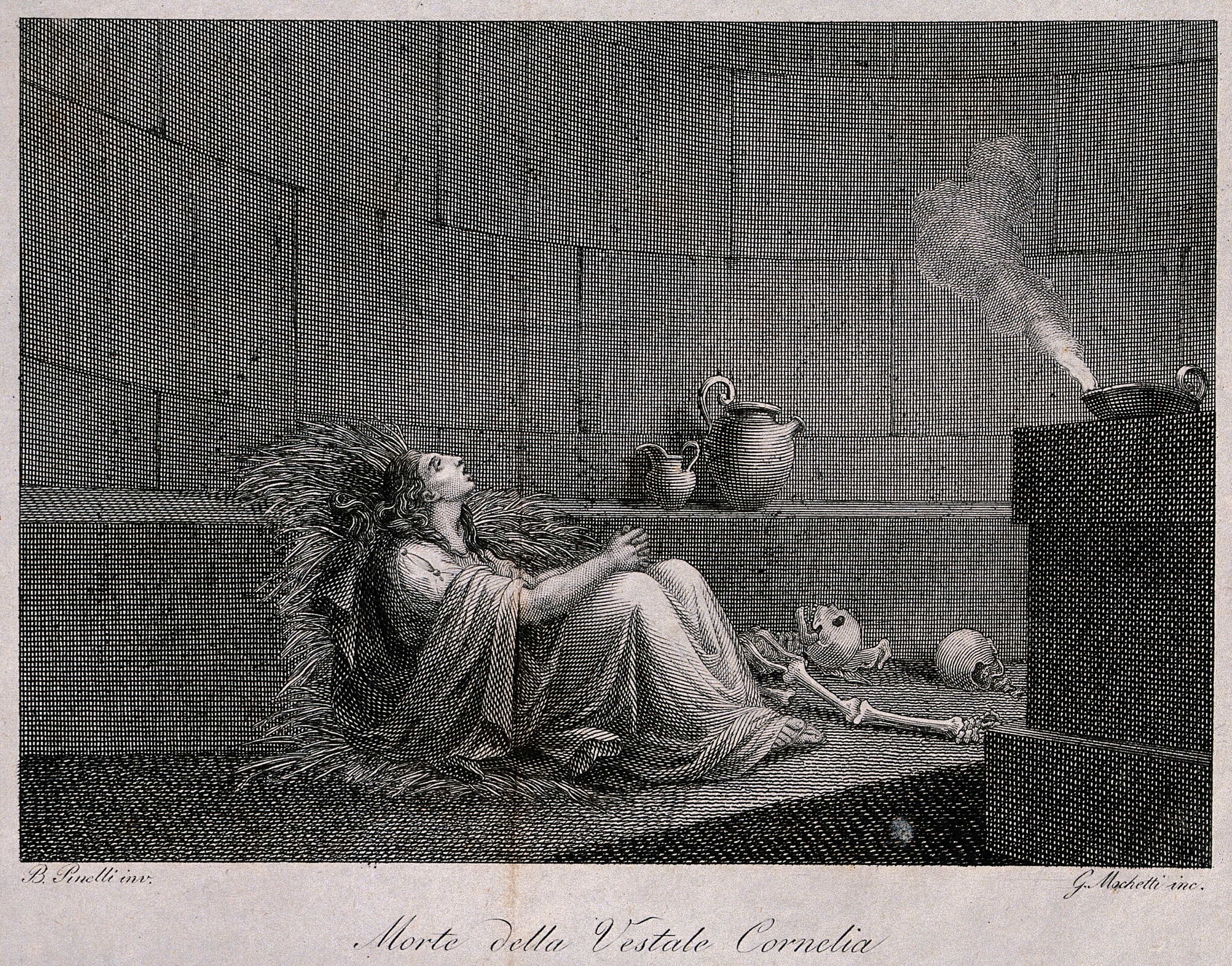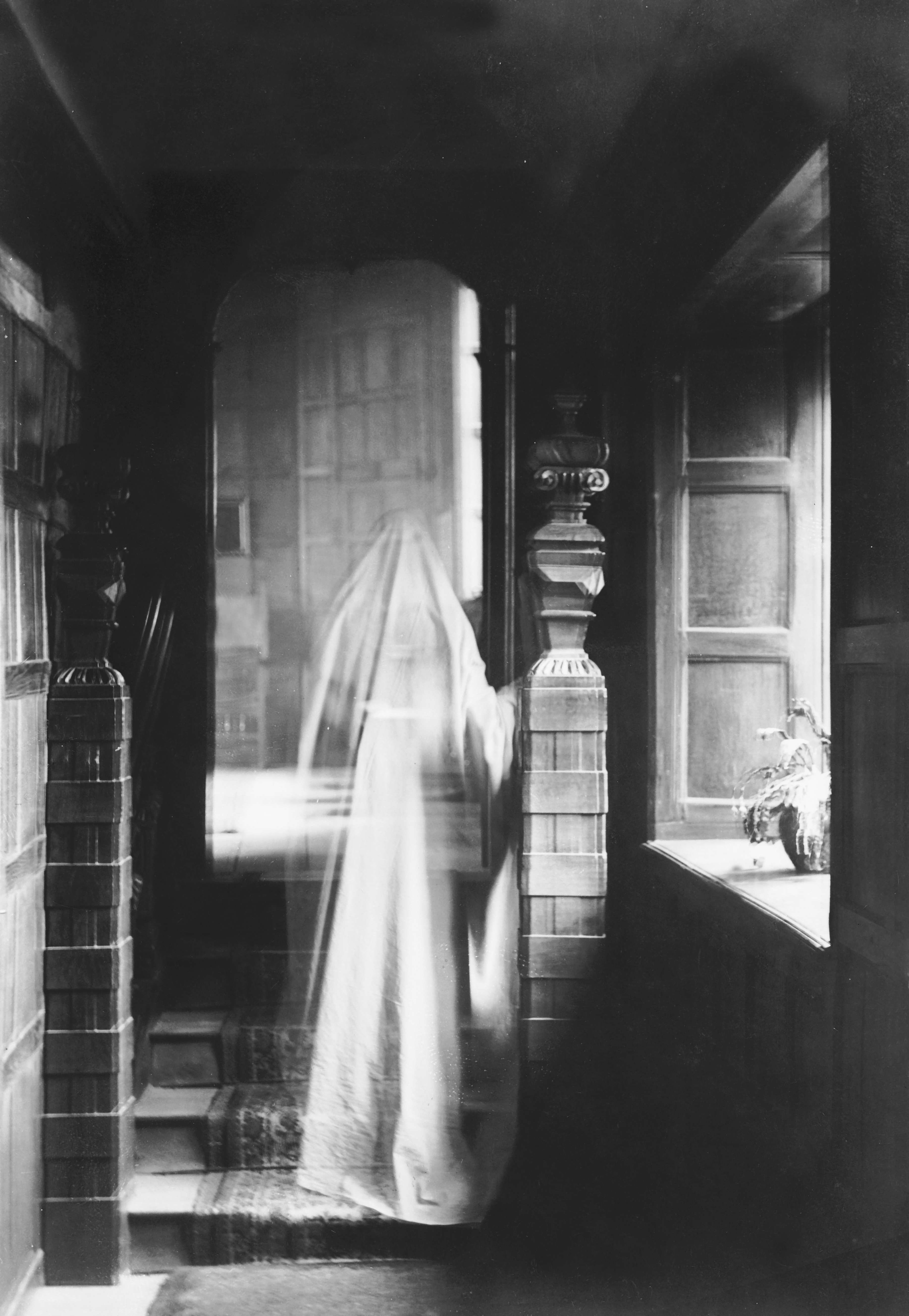Thornton Abbey in Lincolnshire
A famous case of the immurement of a person, who was
walled up alive and left to starve, was in the ruins of Thornton Abbey, Lincolnshire. Thomas Greetham, a 14th-century Abbott, who was referred to as a very wicked man, was sentenced by judges to be immured. According to the English antiquarian, William Stukeley, the abbot's skeleton was discovered in 1722, behind a thick wall at Thornton Abbey, with a table, book and candle.
Houston Heights, Texas
A 61-year-old woman named Ms Cerruti vanished from her home in Houston Heights in 2015. Mail was piling up around her letterbox and her bills had not been paid. When police entered Ms Cerruti's house to investigate her disappearance, they found that her six cats were dead but there was no sign of Ms Cerruti.
Later that year, the house was sold at a foreclosure auction and new owners moved in. After Mrs Cerruti had been
missing for two years, the new owners found the remains of Ms Cerruti, inside a wall cavity beneath a broken floorboard, in the attic, along with a pair of glasses and a pair of shoes.
Ancient Rome
Claudia Livia Julia, the only daughter of Nero Claudius Drusus and Antonia Minor and sister of the Roman Emperor Claudius, was a woman who was regarded as promiscuous and who had plotted treason. According to the historian Cassius Dio, Livilla died by the hand of her mother, Antonia Minor, who locked her up in a room and starved her to death.
The Vestal Virgins were women priestesses to the Goddess Vesta, of the Hearth, the home and domestic life, in Ancient Rome, who took a vow of chastity. Being selected as a vestal virgin was a great honour, but if a vestal virgin allowed the sacred fire to go out, or was found to be unchaste, she could be bricked up in a chamber and
left to starve to death.
Heidelberg, Germany
In 1770, the remains of an entombed knight were found at Heidelberg Castle, inside a sealed niche next to the staircase leading to the castle dungeon. The skeleton was dressed in full armour, with a helmet which still carried traces of gilding, along with several sword strokes. It is not known whether the entombment was a punishment or a special form of burial. The knight’s suit of armour became part of the antiques collection of the Prince Electors, and another suit of armour was placed in the niche.
The Kingdom of Hungary
 |
| This is a copy of the original portrait of the Countess Elizabeth Bathory from 1585 |
The female 17th-century Hungarian serial killer, Countess Elizabeth Báthory, was good-looking, well-educated and wealthy. She was born in 1560, into a family which ruled Transylvania. At the age of 11 or 12, Elizabeth was betrothed to Ferenc Nádasdy, who also came from an aristocratic family. They married when Elizabeth was fourteen but as her husband was a soldier, he spent a lot of time away and Elizabeth had lovers.
It soon became apparent that Elizabeth was a sadist. Many said a vampire. She tortured and killed many young girls, including servants and those belonging to local gentry and she drank their blood as she believed that it would keep her youthful. There were also suspicions of cannibalism. According to the Budapest City Archives, the girls were burned with hot tongs and then placed in freezing cold water and covered in honey and live ants.
In 1610, Elizabeth was arrested and she was sentenced to be held in Csetje Castle, in a room whose windows were walled up. She was 54 when she died in 1614.
Poughkeepsie, New York
Joann Nichols was a 55-year-old former first-grade teacher at Gayhead Elementary School in Hopewell Junction, New York, when she went missing in 1985. Ms Nichols did not attend a hairdresser appointment and she could not be located. Her husband, James Nichols, reported her missing on December 21, 1985.
James Nichols helped police find his wife's car in the parking lot of a shopping mall and he told the police that his wife had called him on Christmas Eve morning, saying that she was fine, then she quickly hung up.
Twenty-eight years later, the skeleton of Ms Nichols was found behind a "false wall" in the basement of her own home. An autopsy showed the cause of death was blunt force trauma to the head. Her husband, James Nichols, had died in December 2012.
Galway, Ireland
The Bon Secours Mother and Baby Home, in Galway, Ireland, operated between 1925 and 1961, as a maternity home for unmarried mothers and their children. The Home was run by the Bon Secours Sisters, a religious order of
Roman Catholic nuns.
Not only were around 1,000 children illegally adopted from this home, but "a vault with twenty chambers" was revealed behind the walls of the septic tank, containing the bodies of 800 children.
A child died at this institution, on average, almost every two weeks between the mid-1920s and 1960s.

_MET_DP867971.jpg)






.jpg)


%2C_1908.jpg)

_1680.jpg)
_-_Elizabeth_Hamilton_(1640-1708).jpg)


